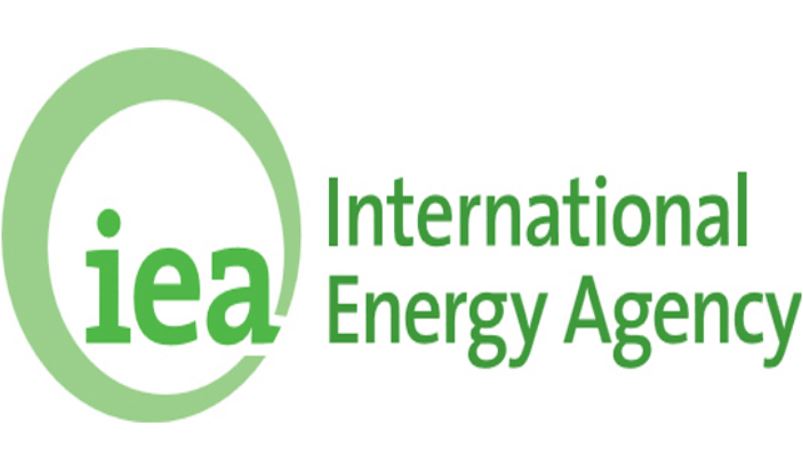IEA again raises oil demand outlook but still lags OPEC
March 14, 2024
The International Energy Agency raised its view for oil demand growth by 110,000 barrels per day (bpd) from its previous month’s forecast as Houthi attacks disrupt Red Sea shipping, but its view remains far below that of producer group OPEC.
The IEA, which represents industrialised countries, has predicted that oil demand will peak by 2030 as the world shifts to cleaner energy. OPEC sees a slower shift and expects oil use to keep rising for the next two decades.
World oil demand will rise by 1.3 million bpd in 2024, the IEA said on Thursday in a monthly report. The agency earlier saw a sharper demand slowdown this year, having initially forecast 2024 demand growth of 860,000 bpd in June 2023.
Oil added to an earlier gain after the IEA report was released at 0900 GMT. Brent crude oil rose as much as 80 cents a barrel towards $85.
OPEC on Tuesday had kept its demand growth forecast unchanged at 2.25 million bpd. With the IEA’s latest upward revision, it still lags OPEC by nearly 1 million bpd, or almost 1% of daily world demand.
Dovish signals from central banks indicated a path out of economic doldrums, the IEA said, but subdued economic data in China remains a concern.
Disruptions to global shipping which have forced more trade around the Cape of Good Hope, mean that nearly 1.9 billion barrels of oil were at sea at the end of last month, the IEA said, nearly the highest since the pandemic.
Longer routes boosted fuel demand and the loading of ships with fuel, or bunkering, in Singapore reached all-time highs.
ECONOMIC HEADWINDS
The IEA still thinks the settling down of post-pandemic turbulence and a cloudy economic outlook will weigh on demand, the agency noted, even as the challenges to shipping provide a short-term boost.
“The global economic slowdown acts as an additional headwind to oil use, as do improving vehicle efficiencies and expanding electric vehicle fleets,” the Paris-based agency said.
“Growth will continue to be heavily skewed towards non-OECD countries, even as China’s dominance gradually fades. The latter’s oil demand growth is expected to slow from 1.7 million bpd in 2023 to 620,000 bpd in 2024,” the IEA said.
Oil supply growth from non-OPEC+ countries will continue to significantly eclipse oil demand expansion, the IEA added.
REUTERS








